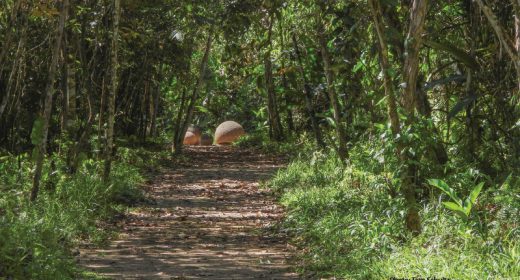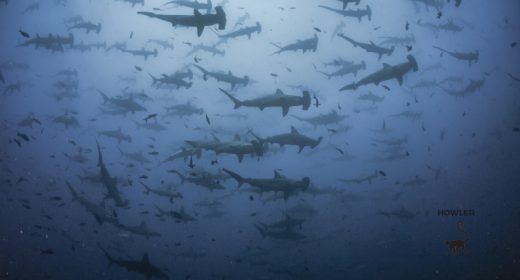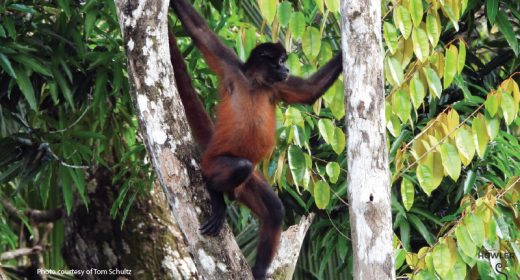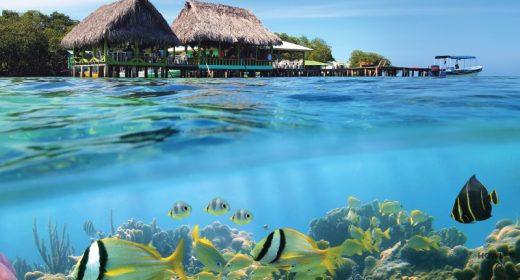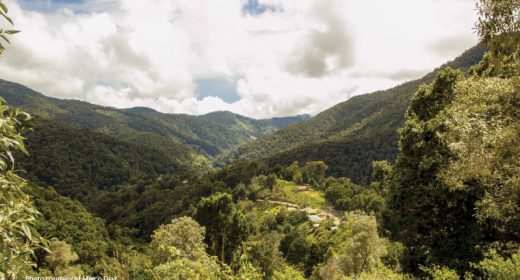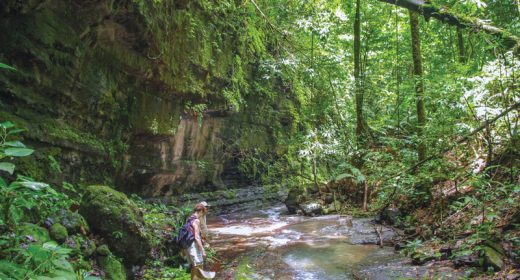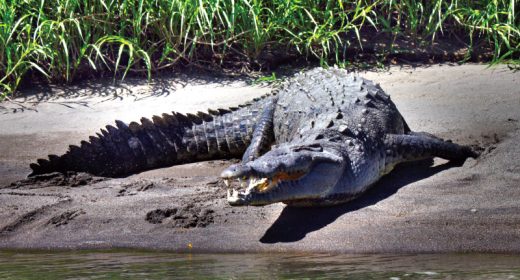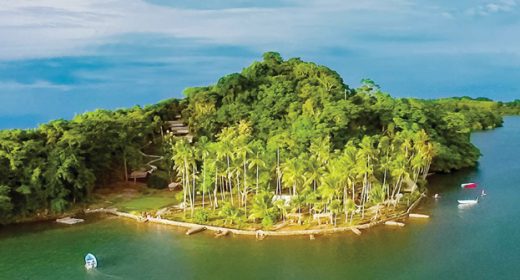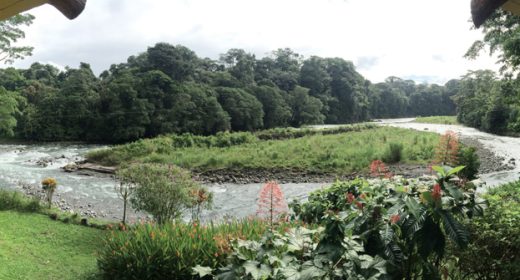
Off The Beaten Path – Cerro de la Muerta
- JUL 04, 2017Warning: count(): Parameter must be an array or an object that implements Countable in /home/howlermag/public_html/old/wp-content/themes/new-paper/includes/general.php on line 193

Your Lead Paragrpah goes here
[vc_row full_width=”full_width”][vc_column][vc_column_text]Cerro de la Muerte (Mountain of Death) comes by its name honestly as a place where lives can be lost in any number of ways. Costa Rica’s highest point rises to 11,500 feet from within the Talamanca Mountain Range along the Interamerican Highway in the San Isidro del General area of San José province. Consisting of steep, narrow curves and countless potholes, the mountain roads would be somewhat less hazardous if not fully submersed in fog. Due to its altitude, Cerro de la Muerte temperatures rise and fall to both day and night extremes.
Before Costa Rica had a lot of roads, people braved the treacherous mountains trails barefoot on treks lasting three or four days to secure supplies for their homes and livestock. For many, Cerro de la Muerte was the worst part of a journey they would never survive. With temperatures often below freezing, many travelers died of hypothermia along the trail or got sick and died of pneumonia later on—assuming they survived the frequent landslides and didn’t fall off a cliff. Sunburn danger here is higher than normal, owing to the thin clear air.
Originally a volcanic island, Cerro de la Muerte raised and separated from other mountain ranges. As a result, the plant and animal species found here are not only unique and endemic, but they have evolved into distinct species found only in this area, making for a truly unique and unforgettable landscape experience.
[/vc_column_text][/vc_column][/vc_row][vc_row full_width=”full_width”][vc_column][vc_gallery type=”image_grid” images=”3168″ img_size=”full”][/vc_column][/vc_row][vc_row full_width=”full_width”][vc_column][vc_column_text]Owing to the short trees and thick, luscious vegetation, creating a sort of miniaturized flora environment, myths of leprechauns and gnomes abound. Not a lot of (other) creatures live here due to the rough and rocky terrain. Birds are abundant, however; various species such as the volcano junco, several hummingbirds, emerald toucanettes, bell birds, timberline wren, sooty robins, black-billed nightingale thrush, peg-billed finch and quetzals populate the area. Here you can go bird watching, trout fishing, and horseback riding, while plant enthusiasts will have plenty to admire in the various species of mosses, bamboo, tree ferns, and various edible berries.
The view from the top is breathtaking, and second to none along the lengthy Interamerican Highway. On a clear day, you can see across the lush jungle to the Pacific Ocean. Hikers embarking on this 12 kilometer trail with no early exit should be fit enough for the challenge.
The road is usually open all year round, but flash floods, landslides, narrow curves, and steep cliffs make the pass extremely dangerous. There’s a reason this place is called Mountain of Death.
[/vc_column_text][/vc_column][/vc_row]
